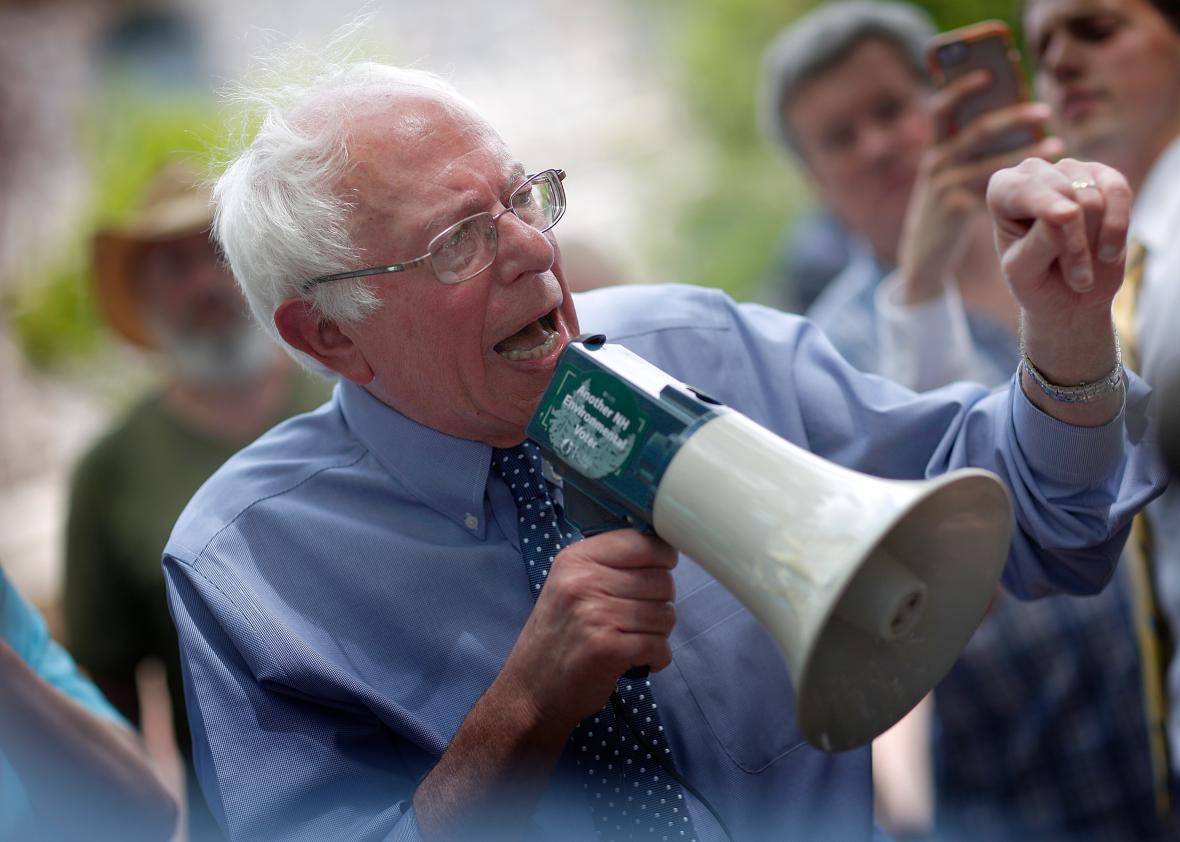Progressive favorite Bernie Sanders has proposed raising the federal minimum wage to $15 an hour. If you want a simple illustration of why that’s such a staggeringly misplaced idea, look no further than this map from the Pew Research Center. It shows the actual purchasing power of $15 across the country’s major metropolitan areas, using the Bureau of Economic Analysis’ Regional Price Parities. In New York and San Francisco, $15 really translates to $12 and change, once you take cost of living into account. In Beckley, West Virginia, where cash stretches furthest, it’s worth $19.64.
The point here is that most of the country is not New York or San Francisco. (There’s a lot more blue and teal on the map than mustard brown.) Even in expensive coastal cities, $15 is high enough compared with typical wage levels that we should at least be concerned about the possibility of significant job losses as McDonald’s and Popeyes franchises cut back on hiring. But at the very least, you can make a moral argument that the cost of paying rent and putting food on the table is so high in those metros that it’s immoral to let businesses pay their workers any less. Not so in Beckley, or for that matter, Dallas or Atlanta. There are vast swaths of the United States where the cost of getting by is relatively reasonable, and where the risk of job losses posed by more than doubling the federal minimum may well outweigh the benefits of giving the remaining workers raises.
Or, to put it another way: Even if you think a $15 minimum makes sense as a way to combat the ungodly cost of life in the Bay Area, there’s no reason to impose it on Appalachia.
That said, the BEA’s price parities also reveal another reason why, even in the places that have or might pass it, a $15 minimum may not fix the problems it’s meant to solve. Namely, their high costs of living are driven overwhelmingly by affordable housing shortages. In the San Francisco metro area, prices are about 20 percent higher overall compared with the national average. But for goods, it’s just under an 8 percent premium. Rent, on the other hand, is 81 percent more expensive.
San Francisco Metro Area
You can see the same pattern in Los Angeles, Seattle, and New York, where the whole state may adopt a $15 minimum for fast-food workers.
Seattle Metro Area
Los Angeles Metro Area
New York Metro Area
The problem with using the minimum wage to address an affordable housing shortage is that it does not, in fact, address an affordable housing shortage. It puts more money in people’s pockets to pay rent. But, so long as the real estate market remains constrained, it’s easy to imagine pay hikes getting absorbed into rent increases, as landlords realize that the whole metro area just got a raise.
To sum up: In most of the country, the cost of living isn’t so high that the moral case for $15 an hour comes close to outweighing the economic concerns. And on our unaffordable coasts, well, the higher minimum just might leave them unaffordable.
